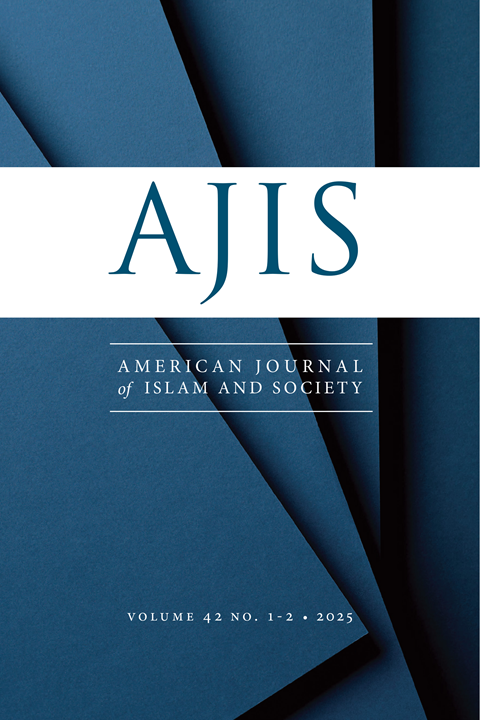Following Similar Paths: What American Jews and Muslims Can Learn From One Another (by Samuel C. Heilman and Mucahit Bilici)
Main Article Content
Keywords
Abstract
As the dust settled on the 2024 U.S. presidential election, a few demographic trends came into focus. Perhaps one important trend saw that the war in Gaza was an incredibly divisive issue for Democrats. Frustrated by what they perceived to be as President Biden’s indifference toward Palestinian suffering and political self-determination, many Arab and Muslim American activists decided not to vote for the Democratic nominee for President, Vice President Kamala Harris. Traditionally, Muslim American communities such as those in Dearborn, Michigan, which were Democratic strongholds, interpreted the atrocities in Gaza as a genocide and refused to support the Democratic candidate. They did not fill in a vote for either presidential candidate. Interestingly, only twenty percent of Jewish Americans did not vote for Vice President Harris. Yet, unlike most of their Muslim American neighbors, this twenty percent voted for President Trump, primarily because of his unequivocal support for the state of Israel and his support of its current right-wing, authoritarian nationalist government there. Most of these Jewish Americans were members of Orthodox Jewish communities, who were both fearful of and outraged by Hamas’ murderous rampage on October 7, 2023. These two communities seem to be living in two starkly separate political and religious realities.







